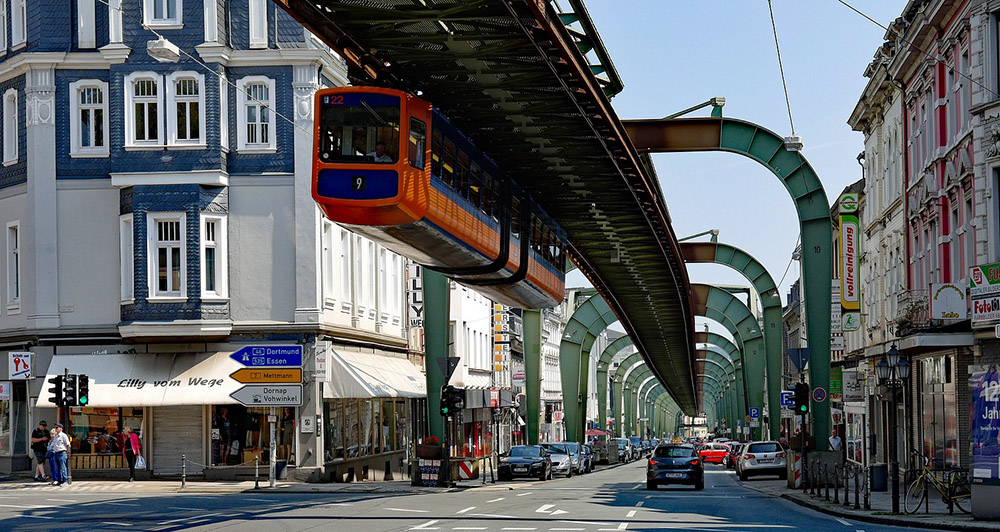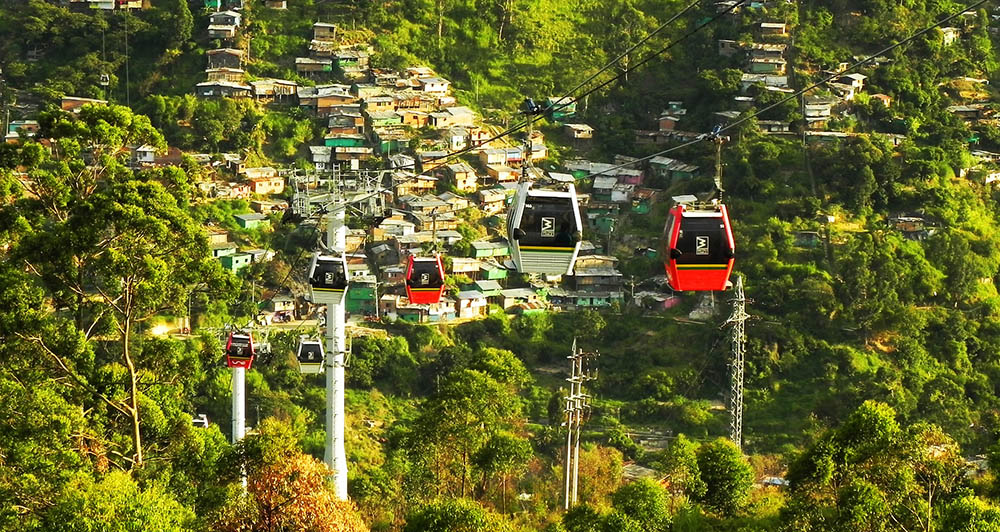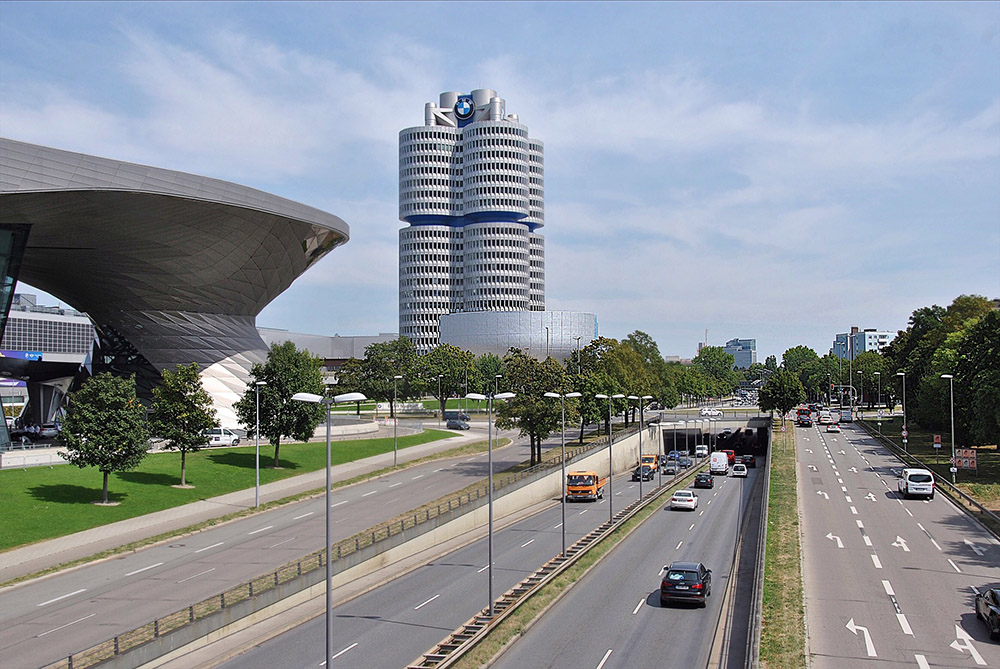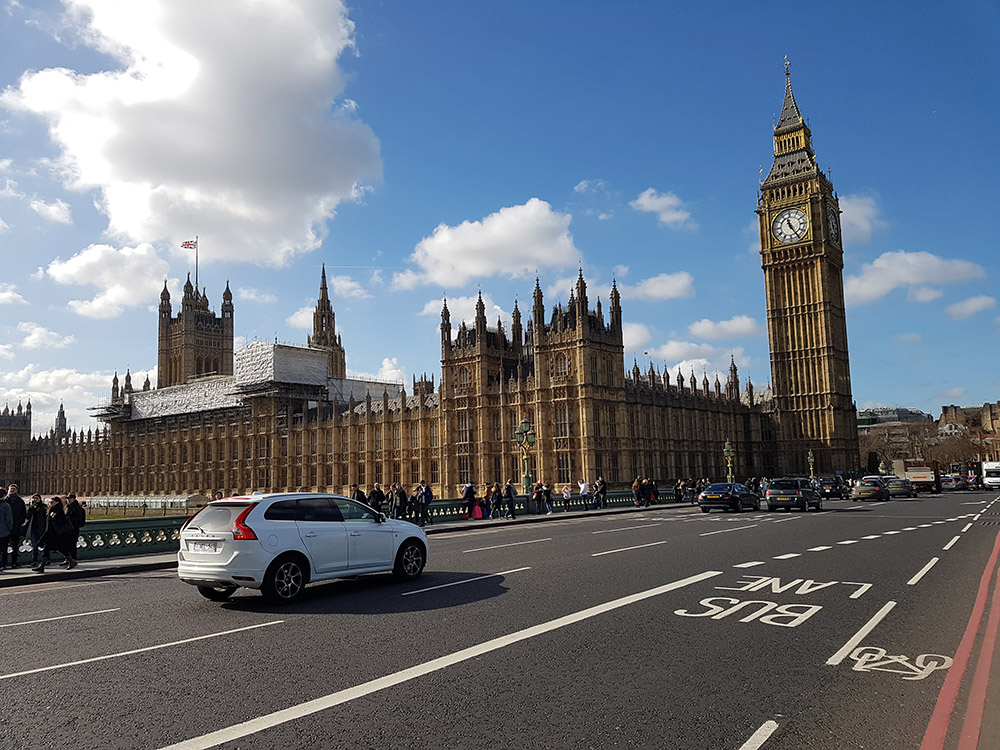In our much-loved mega city of Metro Manila, the private car still seems to rule supreme. But there are many other ways to get around town, some of which we should maybe consider. Below are four ideas for your consideration.

Suspension monorail. If you asked someone what the German city of Wuppertal is famous for, chances are they won’t say it’s the greenest town in the country or the home of tuning firm Manhart (both true). Nope, the answer you would most likely get is the wonderful German word Schwebebahn. It roughly translates to floating tram, and the unusual public transport solution has been an attraction and handy way to get around the city for over 120 years.
It runs along a 13km long route that follows the river Wupper and carries around 85,000 passengers at speeds of up to 60km/h every day. Not only is it a great and clean way to get around, but it also makes efficient use of available space by running around 12m above the river, thereby not taking up much land. Imagine if we built something similar here and enabled commuters to whizz around town in style and comfort, all while not needing to dig up the earth or take up loads of ground space. It could work quite well.

Cable cars. These might normally be associated with mountainous regions where they help to get humans and cargo efficiently up and down steep slopes, but they can also be used in urban settings.
Two famous examples of this are the one running between the Greenwich Peninsula and the IFS Royal Docks in London, and the Metrocable in Medellín, Colombia. While the one in the UK is more of a tourist attraction and a great way to get panoramic views of London’s east end, the cable car in Colombia is actually a full-blown commuting solution.
It consists of six different lines that carry around 30,000 people every day, and service some of the hilly areas of the city. Cable cars are another space-efficient transport solution that could work well in our metropolis.

Tunnels. Even if we get the subway system going, reform public transport, and get protected bicycle lanes everywhere, there will still be a need for a few major roadways to cut across the metro. But that doesn’t mean they have to be visible.
Thirty years ago, the city of Munich looked a little bit like Metro Manila. It had the equivalent of EDSA, called the Ring, cut straight through the city. This main road was not only perma-congested but also polluted the air massively, generated loads of noise, and generally reduced the quality of life for residents in the Bavarian capital.
Change was needed, and it came in the shape of the decision by the local government to gradually move the whole ring road underground. If you visit the city these days, you’ll find the most densely populated areas near the Ring to be quite clean and pleasant again, thanks to most traffic now running through tunnels. Emissions are filtered, noise is contained, and the areas that once were surface roads are now greener and healthier. Just imagine we did the same with EDSA. What a difference it would make.

Congestion charging and low-emission zones. This one isn’t going to be popular, but it probably needs to happen at some point. At the moment, the people responsible for the running of Metro Manila like to try out all sorts of different things to get the uncontrollable traffic under control.
So far, they haven’t found a magic pill to fix the problem, but one may well exist in the shape of a congestion charge and the introduction of low-emission zones. Before you grab your electronic pitchfork and protest in the comment section that such a step would hurt the economy of Metro Manila and hit the poorest yet again, let me point out how bad things are right now.
The Centre for Research on Energy and Clean Air and the Institute for Climate and Sustainable Cities recently estimated that about 66,000 Filipinos die every year because of air pollution. It also costs the country around P4.5 trillion, which is an amount equivalent to almost a quarter of the GDP.
Sure, not all of that is from cars, but the traffic itself is also a costly affair. There have been various studies over the years on the true price we pay for all that metal on our roads. The Japan International Cooperation Agency a few years ago stated that people being stuck in traffic costs the Philippines P3.5 billion every day, and that amount is expected to triple by the year 2030. Another study claimed that drivers in Metro Manila lose 188 hours in traffic every year, at an estimated cost for lost time and fuel of over P86,000 per person!
If you look at those figures, congestion charging suddenly doesn’t look so silly anymore. It could encourage more people to use alternative methods of transportation, which in turn (with political help) could accelerate the availability and quality of public transport. And introducing low-emission zones, where certain very polluting vehicles simply aren’t allowed anymore, could help clean up our air.


0 Comments